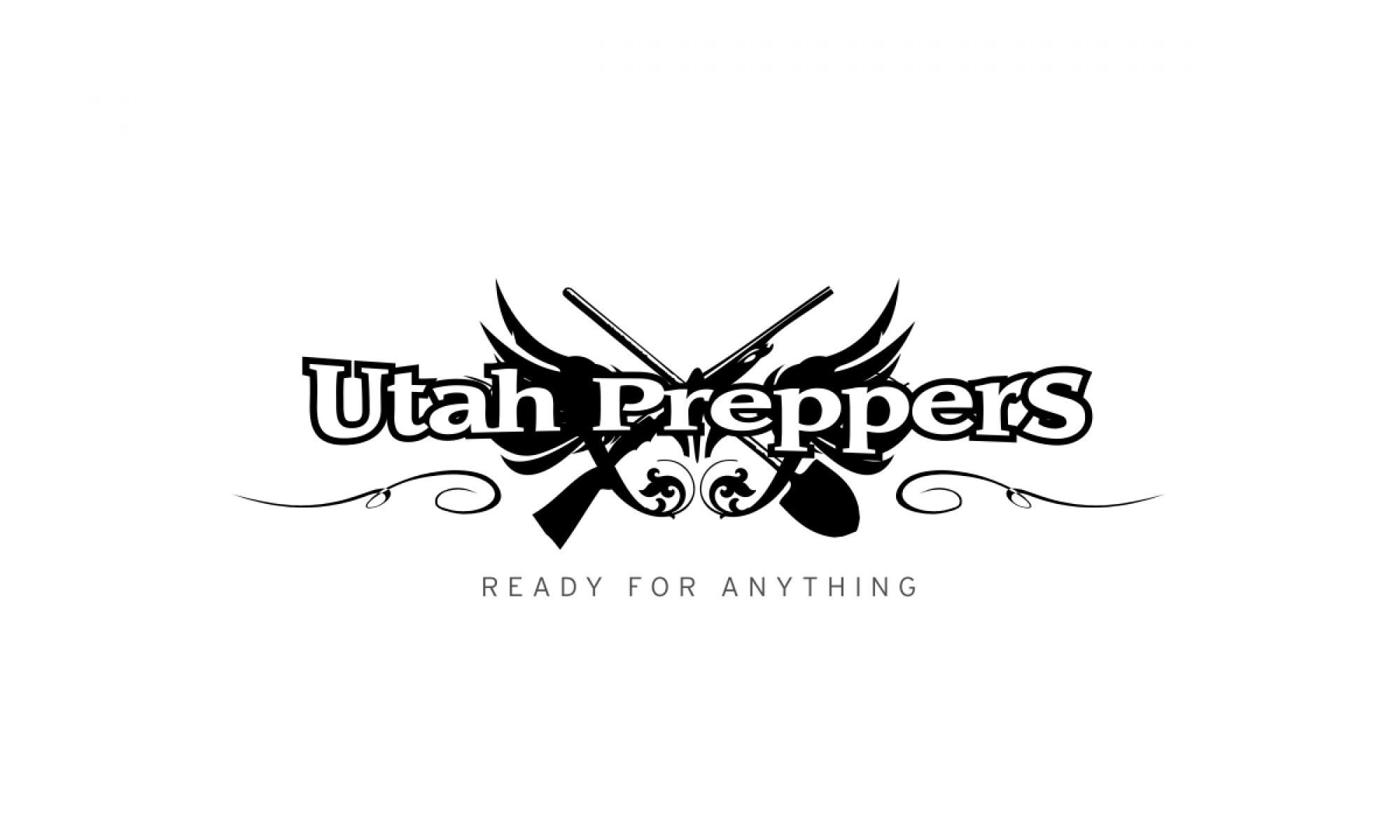 As a web developer who freelances in addition to my full time employment, I sometimes take advantage of bartering opportunities. Last year one such opportunity presented itself—I was on the lookout for a military surplus tent of some sort, and came across a company (based here in Utah) called Turtle Tuff Shelters who made yurt-like geodesic shelters. Their website at the time was very.. ahem.. lacking, so I suggested a barter. They agreed, and a few months later I became the owner of a 24′ Turtle Tuff Shelter.
As a web developer who freelances in addition to my full time employment, I sometimes take advantage of bartering opportunities. Last year one such opportunity presented itself—I was on the lookout for a military surplus tent of some sort, and came across a company (based here in Utah) called Turtle Tuff Shelters who made yurt-like geodesic shelters. Their website at the time was very.. ahem.. lacking, so I suggested a barter. They agreed, and a few months later I became the owner of a 24′ Turtle Tuff Shelter.
The interesting thing about these shelters, and the reason I opted to get one of these as opposed to some other form of tent/shelter, is that the structure is a geodesic frame which helps greatly with load bearing, wind resistance, with lightweight, high-strength, tempered, aircraft aluminum alloy rods. The dome shape distributes any weight or force across a broader area, thus minimizing any impact it receives. Each of the individual hubs/joints hold over 300 lbs. because of this design. The frame is designed to withstand almost 150mph winds when staked to the ground.
Putting the shelter together has been on my to-do list since last year, but not until today have I made the time to do it. With the help of a friend of mine, I spent the morning putting the tent together—partially, anyways. We assembled the frame and covered it; due to time constraints, we weren’t able to proceed with setting up the floor. Additionally, once the shelter is assembled you determine where you want your door and window to be, and you then cut out material, apply adhesive zippers, etc. I preferred to wait until if/when I actually have to use the shelter before making any permanent alterations to the materials.
Continue reading “Turtle Tuff Shelter Demonstration”









 FAILURE WARNING: After two weeks two barrels started to collapse due to insufficient support. I plan to add a 2×6 or 2×8 across the middle to increase the surface area supporting the barrels. I was anxious to share this project and should have waited longer to see if my concerns about too little support were legitimate. I will re-post this article once I have a proven design.
FAILURE WARNING: After two weeks two barrels started to collapse due to insufficient support. I plan to add a 2×6 or 2×8 across the middle to increase the surface area supporting the barrels. I was anxious to share this project and should have waited longer to see if my concerns about too little support were legitimate. I will re-post this article once I have a proven design.